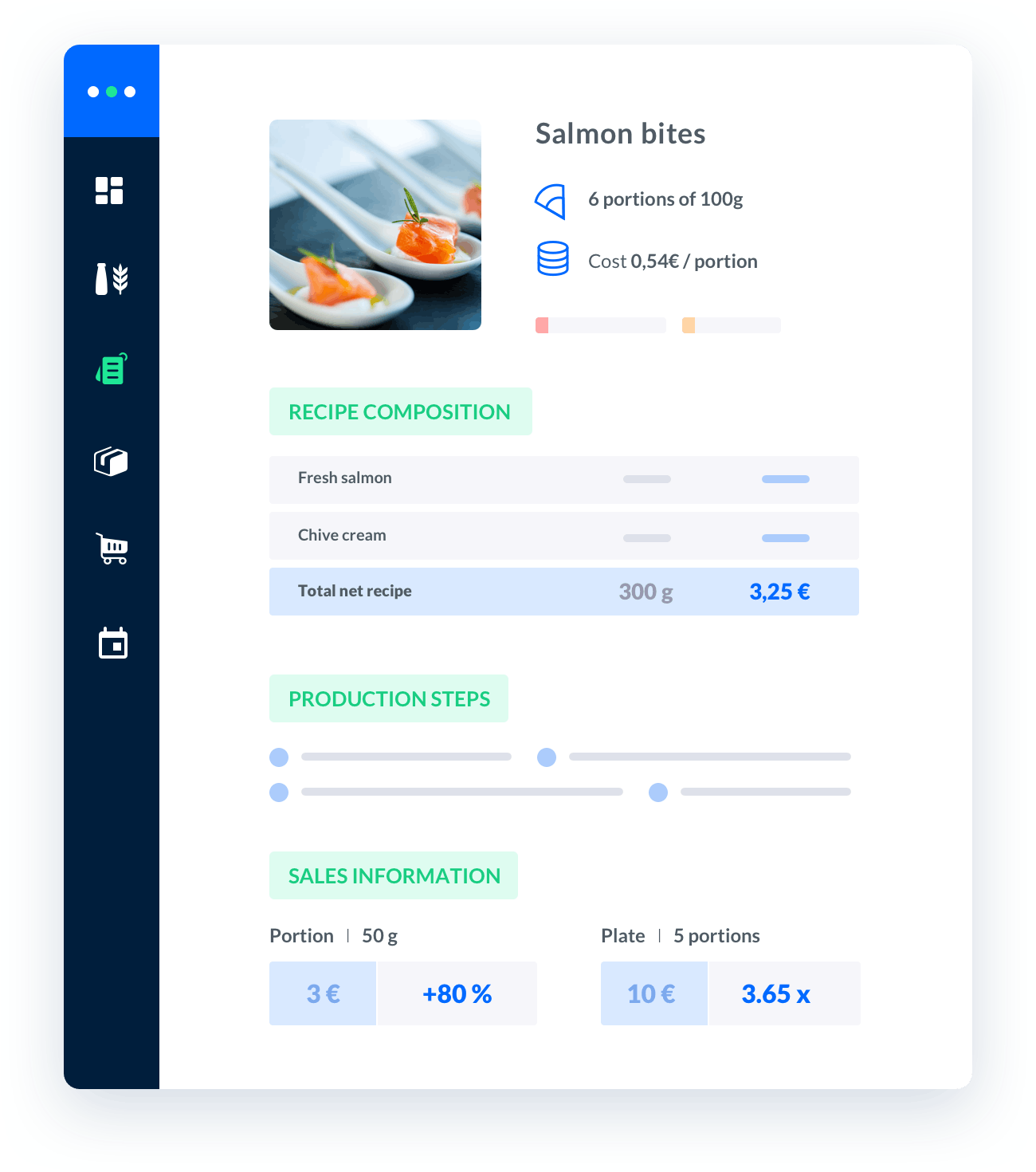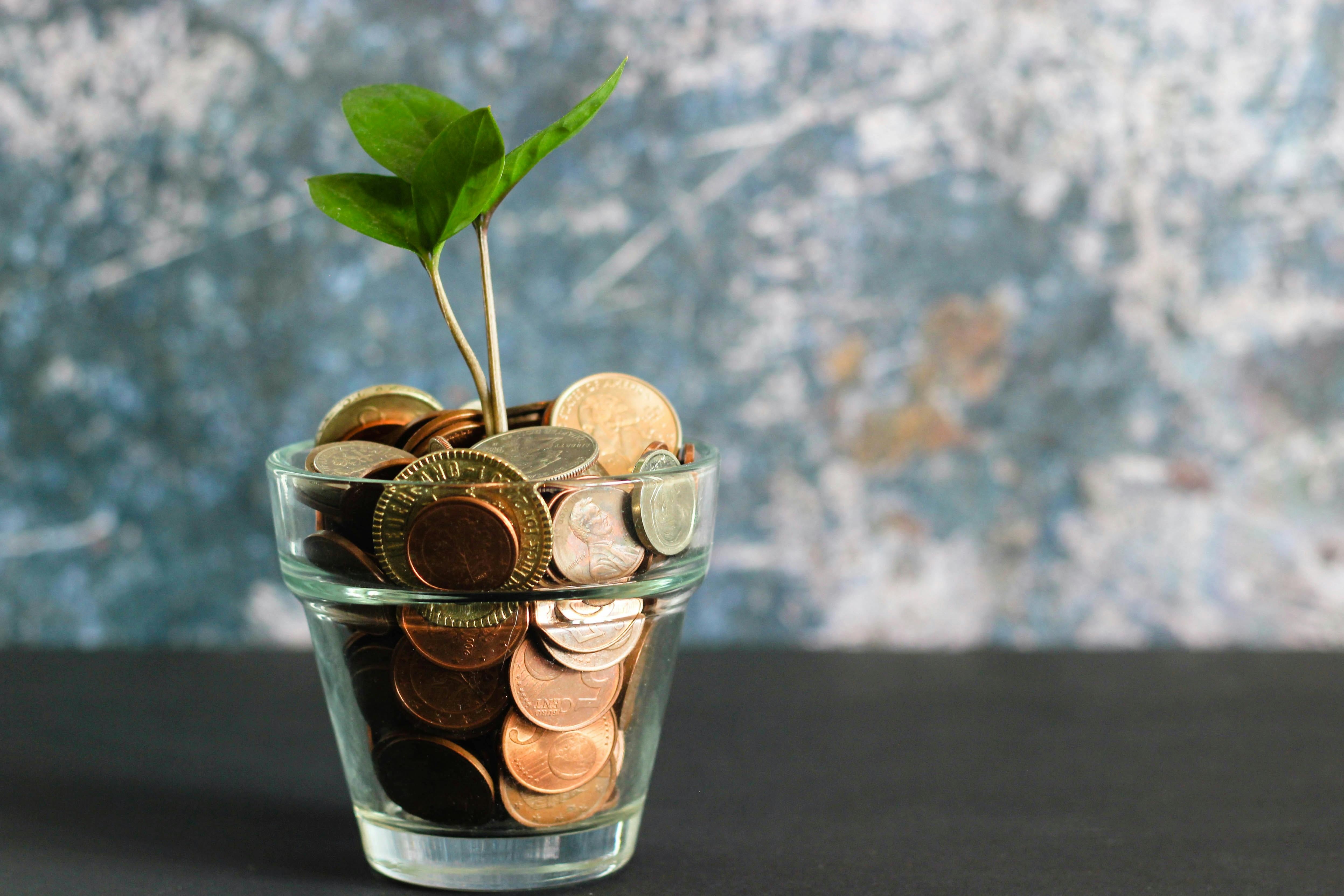how to calculate food cost per serving
Calculating food cost per serving is an essential aspect of running a successful catering business.It allows you to determine the profitability of each dish on your menu, make informed pricing decisions, and identify areas where you can cut costs.

Melba: the food cost app to optimize the profitability of your restaurant
Discover how to optimize the profitability of your restaurant with melba

The ultimate guide to food cost restaurant
Learn more about the food cost basis and how to reduce your food cost percentage
Calculating food cost per serving is an essential aspect of running a successful catering business. It allows you to determine the profitability of each dish on your menu, make informed pricing decisions, and identify areas where you can cut costs. In this comprehensive guide, we will walk you through the step-by-step process of calculating food cost per serving.
What is Food Cost?
Before diving into the calculation, let's understand what food cost represents. Food cost is the total cost incurred in purchasing ingredients and preparing a specific dish or serving. It includes the cost of raw materials, such as meat, vegetables, spices, and other necessary items used in the recipe.
Factors Affecting Food Cost
Several factors can influence the food cost of a dish. It's important to consider these factors while calculating the cost per serving:
- Ingredient Costs: The prices of ingredients can vary based on seasonality, availability, and quality.
- Recipe Yield: The yield of a recipe determines the number of servings it can produce. This impacts the portion size and, ultimately, the cost per serving.
- Waste and Trim: Food waste, trimming, and preparation losses contribute to the overall food cost.
- Overhead Expenses: Overhead expenses such as labor costs, utilities, and rent can indirectly impact food cost per serving.
Step-by-Step Guide to Calculating Food Cost per Serving
1. Determine Recipe Cost
The first step is to calculate the cost of each ingredient in the recipe. To do this, follow these steps:
- Create a comprehensive list of all the ingredients and their quantities required for the recipe.
- Obtain the current market price for each ingredient. This can be done by referring to suppliers' catalogs, online marketplaces, or local grocery stores.
- Multiply the quantity of each ingredient by its respective market price.
- Sum up the costs of all the ingredients to get the total recipe cost.
2. Determine Recipe Yield
Next, you need to determine the yield of the recipe, which refers to the number of servings it produces. Follow these steps:
- Prepare the recipe as per the specified instructions.
- Weigh or measure the final output of the prepared recipe.
- Divide the total weight or measurements by the standard serving size to determine the recipe yield.
3. Calculate Food Cost per Serving
Now that you have the recipe cost and the recipe yield, you can calculate the food cost per serving using the following formula:
Food Cost per Serving = Recipe Cost / Recipe Yield
Importance of Calculating Food Cost per Serving
Understanding the food cost per serving is crucial for several reasons:
- Pricing Decisions: Calculating food cost ensures that you set appropriate prices for each dish, considering the cost of ingredients and desired profit margins.
- Profitability Analysis: Knowing the food cost per serving allows you to assess the profitability of each menu item and make informed decisions about menu engineering.
- Cost Control: By identifying the costliest ingredients and monitoring food cost per serving regularly, you can implement cost-saving measures and improve overall profitability.
Tips for Controlling Food Costs
To optimize your food costs and maximize profitability, consider the following tips:
1. Regular Menu Analysis
Analyze your menu regularly to identify low-margin or high-cost items. Consider removing or reengineering them to improve profitability.
2. Supplier Negotiations
Build strong relationships with suppliers and negotiate better prices for ingredients. Consider purchasing in bulk or exploring alternative suppliers to reduce costs.
3. Portion Control
Implement portion control practices to ensure consistent serving sizes. Train your staff to follow standardized portioning guidelines to minimize ingredient wastage.
4. Inventory Management
Establish efficient inventory management practices to minimize food spoilage, track ingredient usage, and prevent overstocking. This helps reduce unnecessary expenses.
5. Menu Engineering
Strategically design your menu to highlight high-margin items or promote dishes that utilize ingredients with lower costs. This can positively impact your overall food cost percentage.
By following these guidelines and regularly monitoring your food cost per serving, you can make informed decisions to optimize your menu, control costs, and improve profitability in your catering business.






